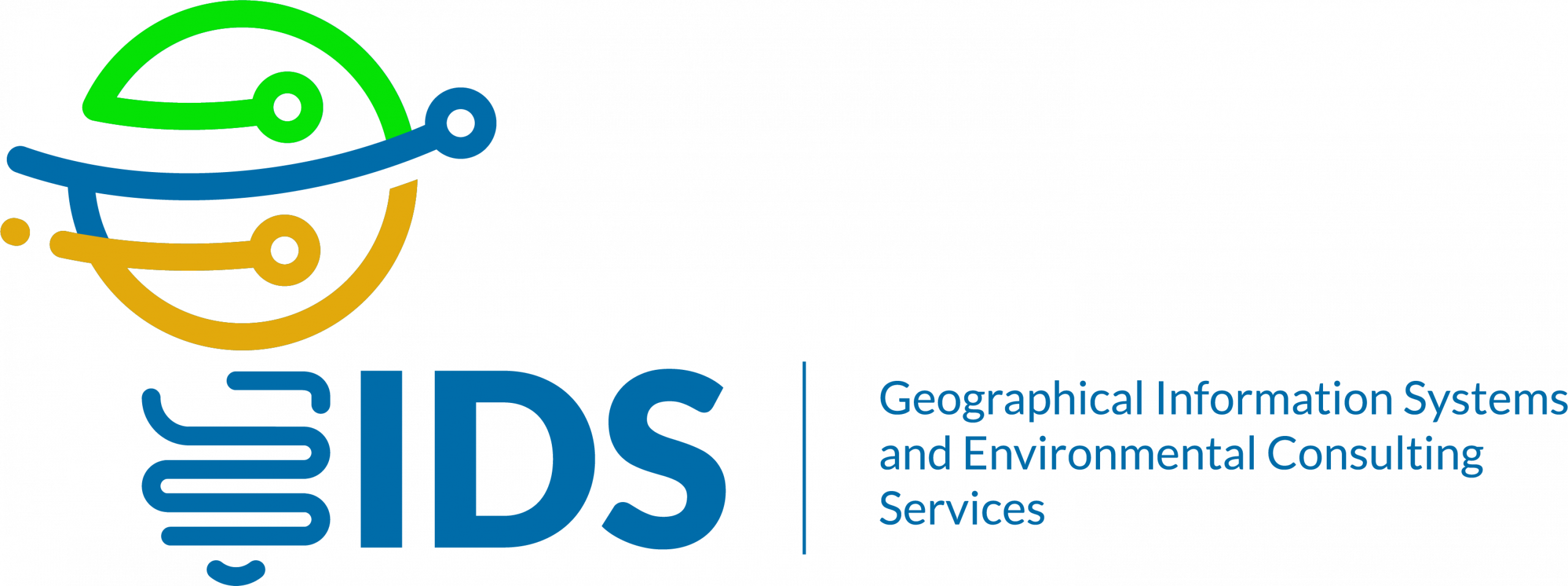ROUTE OPTIMISATION EMM – CASE STUDY (March – June 2018)
When the City of Ekurhuleni needed to calculate the most efficient routes for local waste vehicles to take in order to reduce the overall distances and drive-time expended on the collection and transportation of domestic waste, they turned to IDS’ field data collection and route tracking expertise to improve the existing systems.
The starting point for IDS was to evaluate the current systems and provide an informed solution to optimise the function.
IDS sourced the existing collection route as well as the vehicle capacity of each waste vehicle, the working day start and end times for the waste depot employees and the residential bin collections points. Utilising a combination of Network Analysis, specifically the Vehicle Routing Problem Solver found in ArcGIS, and the daily data collection conducted by a team of field workers assigned to the Bedfordview Waste Depot, IDS was able to accurately capture the existing solid waste vehicle collecting routes as well as the collection/service points of the 240L wheelie bins and plastics.
The route-tracking application focused on the movements from one or more depots, using a given fleet of waste vehicles, operated by a specified group of drivers travelling on set road networks to a designated set of bin collection points. IDS was able to compute the optimum distance covered between travelling from the depot to collecting bins at the locations and offloading at the landfill site. The calculation generated a set of ideal routes (one route for each vehicle to start and finish the trip at its own depot) which satisfied all residential and depot requirements and operational constraints as well as minimising the overall operational costs (money, distance or time related).
These factors enabled IDS to pinpoint the shortcomings of the existing waste collection process, and in turn, produce a system for more efficient travelling routes for waste collection vehicles to reduce both the time spent collecting waste bins and the travel costs.
The result enabled the City of Ekurhuleni to make certain routes and collection points redundant and to reduce the number of vehicles in the waste depot fleet by one. This significantly reduced both vehicle operational costs and labour costs by rationalising the number of staff required to complete the process of waste collection for each day.
The implementation of GIS for waste route optimisation highlights the importance of adopting such methodologies for waste management overall.

Figure 1: Existing routes

Figure 2: Optimised routes
